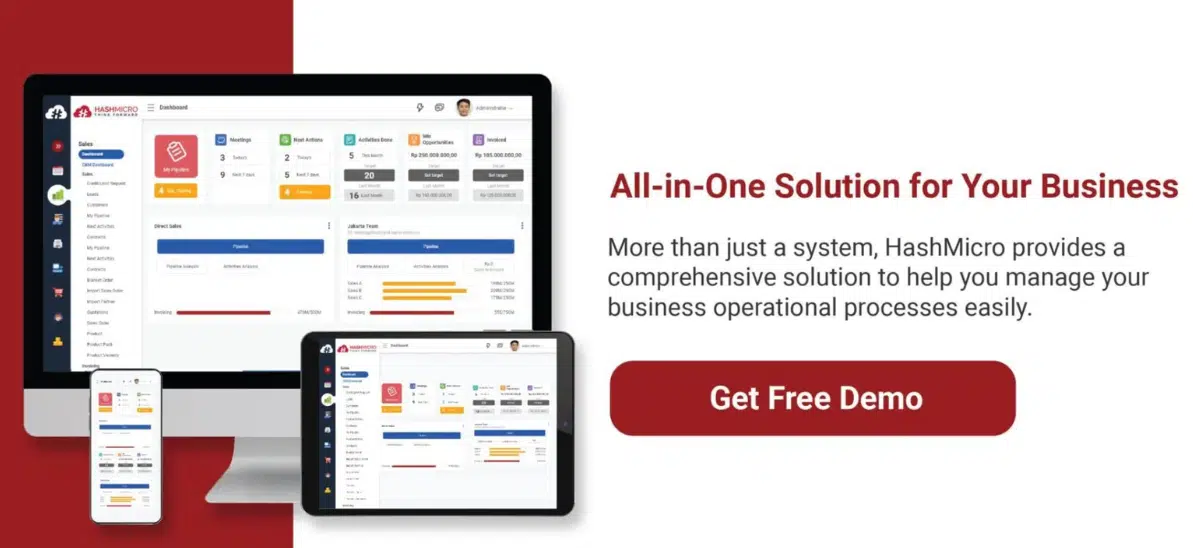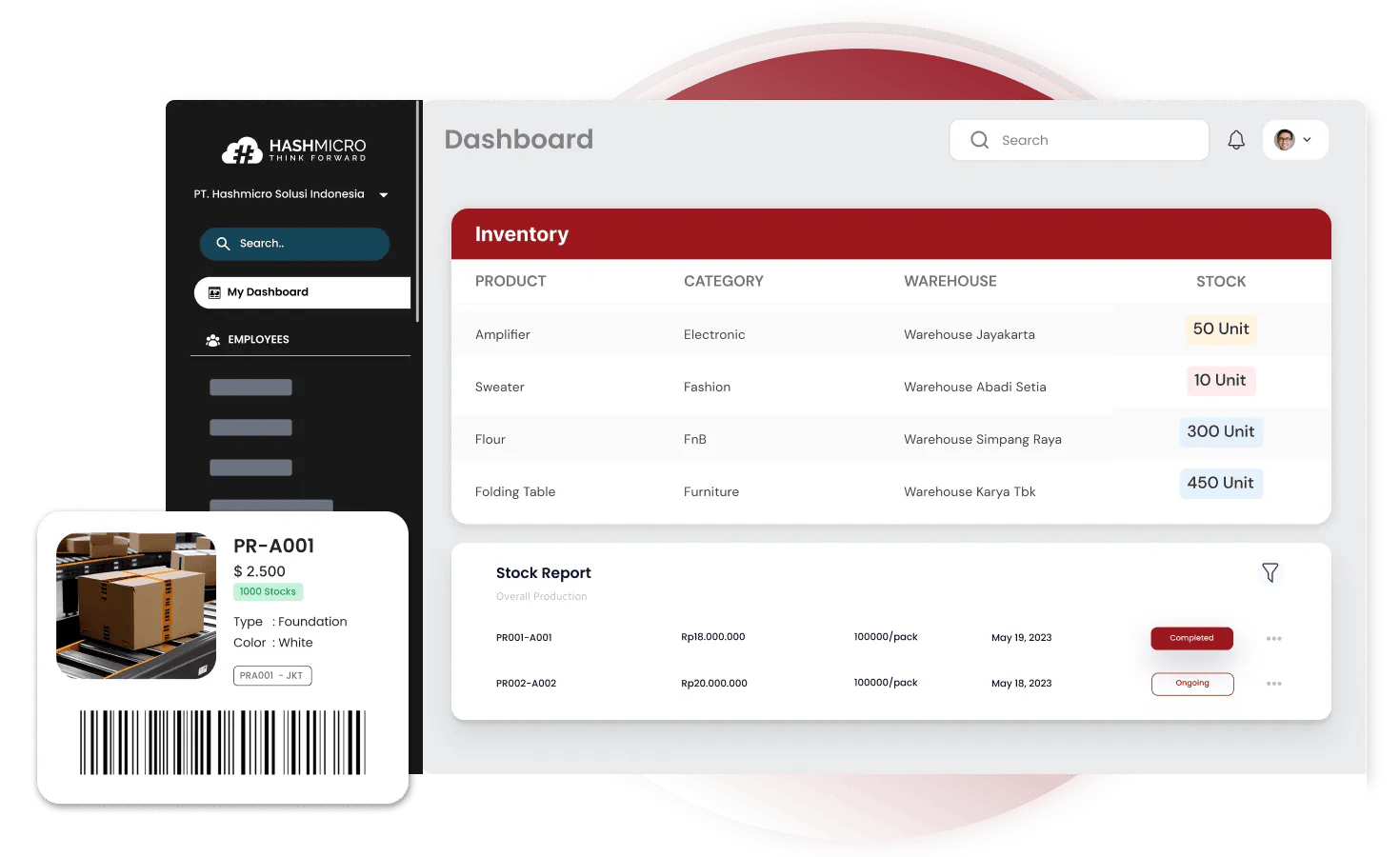The inventory turnover ratio measures how quickly a company sells and replaces its stock. This ratio is an excellent indicator of a company’s efficiency and profitability, as it helps to understand how effectively the inventory is being managed.
An ideal inventory turnover ratio is high enough to ensure you’re meeting customer demand without having too much stock on hand but low enough to avoid overstocking. Achieving the right balance can be difficult, but it is possible with the help of Inventory Management Software.
In this article, you can find the information to inform you about the three simplest ways and formulas to calculate your inventory turnover ratio, also explain you to determine when it’s time to order new inventory.
Additionally, if you’re considering using the software, here download the pricing scheme to know the price it offers here.
Table of Content:
Table of Content

Key Takeaways
|
What is the Inventory Turnover Ratio (ITR)?
In inventory turnover, the number of times a company sells its inventory in a year is used to measure how effectively it manages inventory. A successful business will typically have several inventory turnovers per year.
In other words, the ITR is a crucial metric for businesses that sell products. The formula calculates the number of times a company has sold and replenished its inventory over a specific amount of time. This calculation can also calculate the number of days it will take to sell the inventory.
Furthermore, the formula for calculating the ratio is derived from a mathematical calculation where the cost of goods sold (COGS) is divided by the average inventory for the same period.
A higher ratio is more desirable than a low one, as a high ratio tends to point to solid sales. Knowing ITR depends on effective inventory control, also known as stock control, where the company has good insight into what it has on hand.
How to Improve Inventory Turnover Ratio?
The inventory turnover ratio is crucial for measuring how well a business sells its products. It is sold in a given period but also helps businesses make more intelligent decisions in various areas, including pricing, manufacturing, marketing, purchasing, and warehouse management.
Ultimately, the inventory turnover ratio measures how well the company generates sales from its stock. The higher the number, the more inventory is sold, and vice versa. One way to increase this number is by reducing average inventory levels.
This is typically done by even out spikes and dips from outlier changes represented in one segment of time, like a day or month. Using centralized inventory software with transparent inventory reports will help you to do so and improve your company’s inventory turnover ratio.
3 Easy Formulas to Calculate Inventory Turnover Ratio
You will need to draw data from the balance sheet, so you should understand what these terms and numbers mean.
1. The cost of goods sold (COGS)
A company’s cost of goods sold, or COGS is the direct cost of producing goods for sale (including raw materials).
2. The average inventory (AI)
Over two or more specified time periods, average inventory smooths out the amount of inventory on hand.
3. The inventory turnover ratio
Over a given period, the ITR measures how often inventory is sold and replaced.
Also read: Enhance Financial Planning Using Accounting Software
Inventory Turnover Ratio Example
The inventory turnover ratio is a calculation used to measure the number of times a company’s inventory is sold and replaced over a period of time. To understand how the formula works, let’s take a look at an example using XYZ Inc.
According to their annual report, XYZ Inc. reported the following figures in financial statements:
- Cost of sales of $429 billion
- Year-end inventory of $56.5 billion, up from $44.9 billion a year earlier
To calculate ITR, we need to first find the average inventory by taking the average of the beginning and end-of-year inventories. Here’s a simplified step-by-step guide to calculating the inventory turnover ratio and days inventory for XYZ Inc:
Step 1: Calculate average inventory
Average Inventory= beginning inventory + ending inventory / number of months
= $56.5 billion + $44.9 billion / 2
Number of months (2)
= $50.7 billion
Step 2: Calculate Inventory Turnover Ratio
ITR = Cost of Goods Sold / Average Inventory
= $429 billion ÷ $50.7 billion, or 8.75.
Step 3: Calculate Days Inventory
We can also use this formula to calculate the days’ inventory for XYZ Inc. This is done by dividing the number of days in the period (in this case, 365) by the inventory turnover ratio. This gives us a days inventory for XYZ Inc. of:
Days Inventory = 365 / ITR
= 365 ÷ 8.75
= 42 days.
This means that, on average, XYZ Inc. turns over its inventory every 42 days during the year.
Also read: 5 Ways to Automate Distribution Strategy
Inventory Turnover Ratio Calculation Made Easy with HashMicro

This software offers key advantages in handling ITR challenges. With HashMicro, you also get free business consultation, unlimited user access, flexible customization, and scalable solutions to meet your needs.
HashMicro also provides a free demo to help businesses calculate ITR accurately and streamline inventory management. The software allows companies to explore key features and customize their desired system for optimal results.
Here are the key features of HashMicro inventory software:
- Real-time inventory tracking: Track inventory in real-time to prevent excess stock and shortages, ensuring timely and accurate reordering.
- Automated cost calculation: Automate the calculation of carrying, ordering, and other inventory costs to minimize errors and save time.
- Demand forecasting: Utilize advanced analytics to forecast customer demand and optimize inventory levels, reducing excess stock.
- Comprehensive reporting: Create comprehensive reports with insights into inventory costs, enabling data-driven decisions to enhance cost efficiency.
- Integrated financial management: Integrate inventory management with your accounting system for accurate financial reporting of all inventory costs.
Conclusion
The inventory turnover ratio is the average number of how much you sell inventory items within a specified period of time. There are many benefits to maintaining a high inventory turnover ratio.
The lower your ratio, the more products are likely to be on hand and ready for sale at any given moment. Implementing a cloud-based inventory system helps track ITR in real time, preventing overstocking and allowing businesses to respond quickly to market changes.
HashMicro has developed software to help make inventory management simpler and more efficient. HashMicro Inventory Software makes it easier than ever to manage product stocks by simplifying what was once a complex process into an easy click of a button.
Not only that, but it also provides sales reports and helps with production and budgeting projections as well as manufacturing forecast reports. The HashMicro software has an affordable price tag with a free demo, so there’s no reason not to try it out today!

Frequently Asked Question
-
What if inventory turnover is too high?
A high inventory turnover ratio usually indicates that products are selling in a timely manner, and that sales are good in a given period. However, an inventory ratio that is too high could mean that you need to replenish inventory constantly, which could lead to stockouts.
-
What is good inventory turnover ratio?
For most industries, a good inventory turnover ratio is between 5 and 10, which indicates that you sell and restock your inventory every 1-2 months.
-
Is 3 a bad inventory turnover ratio?
In most cases, anything that turns only 2 or 3 times a year is bad inventory turnover. It is like money sitting wasted on a shelf.


























































